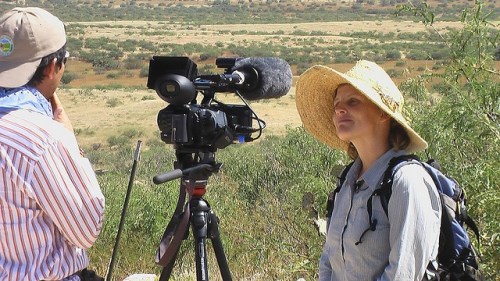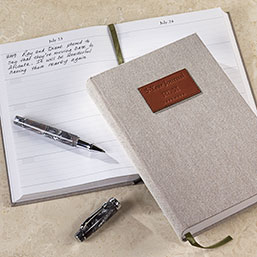This Monday’s Link Roundup includes three thoughtful articles on the digital age and the future of writing and books: Books After Amazon, Are Writers Powerless to Make a Living in the Digital Age? and Six e-Book Trends to Watch in 2011. Whether we like it or not, e-books are here to stay – with significant implications for personal historians who work in print.
- Books After Amazon. “Even before the Kindle, Amazon wielded enormous influence in the industry. Now it is positioned to control the e-book market and thereby the future of the publishing industry.”
- The Enigma of Capturing Light. “It is light that colors our vision, our understanding, and allows us to feel the essence of our surroundings. We are able to capture all this through the lens, with the aid of light, into the medium of photography.”
- Endings. “The ending is something special. The ending is the last word. It’s the writer’s final chance to nail his or her point home to the memory of the reader. It’s the moment when you give the reader something to take away from the story and think about or when you fail to achieve that.”
- Forgotten Infographic Masterpieces by W.E.B. DuBois’s Students Show Black History. “Close readers of this site already know that infographics were around long before Photoshop. But these sociological charts of black history, hand-made by students of famed African-American thinker and activist W.E.B. DuBois at Atlanta University in 1900, pack a serious punch.”
- Are Writers Powerless to Make a Living in the Digital Age? “As paper and ink give way to electronic gadgetry, questions arise. What will reading be like in the future? Will long-form prose survive? Will the quality of literature get better or worse? To Jaron Lanier, those are the wrong questions.”
- Six e-Book Trends to Watch in 2011. “Because I am the CEO of a book publishing company, I am regularly asked how I see the future of digital publishing. As Yogi Berra said, “It’s tough to make predictions, especially about the future.”
- Good Marketing vs. Bad Marketing. “Marketing, per se, is neither good nor bad. It is simply the way a company speaks to us. People use their mouths, companies use marketing. It is objective. However, how companies choose to speak to us is another story. And in that case how they market to us is mostly bad.”
If you enjoyed this post, get free updates by email.

















